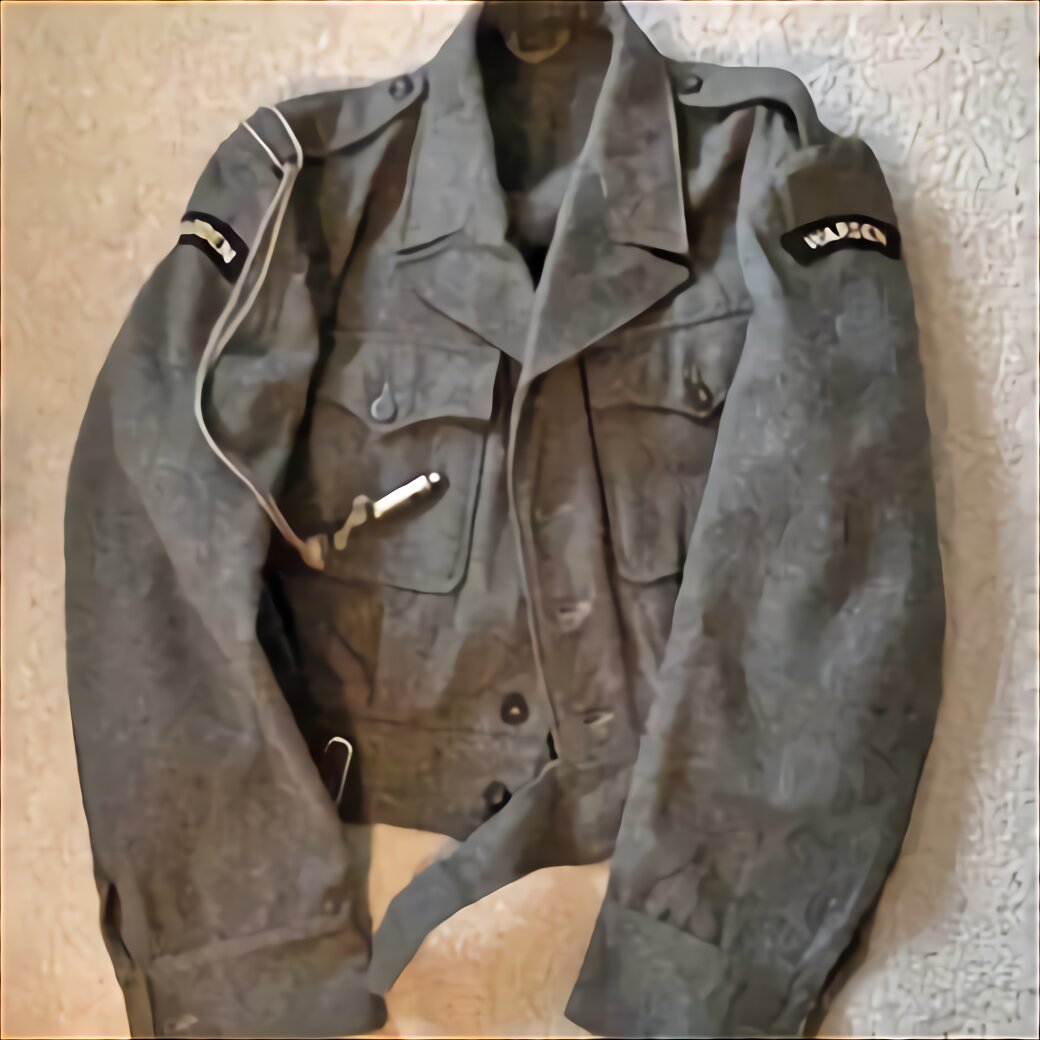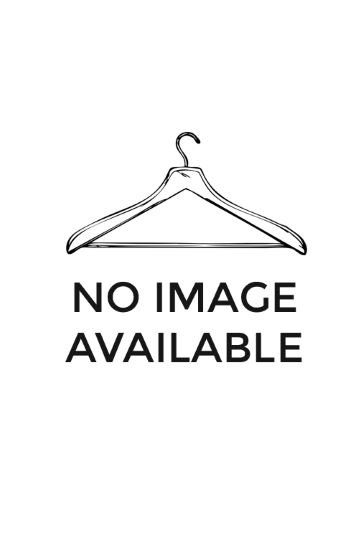Table of Content

The Battle Dress Uniform first appeared in Sept. 1981 in the woodland camouflage pattern. It used shades of green, brown, tan, and black, initially printed onto cottin-nylon blend twill cloth, known as the "Temperate Weight" uniform. A lightweight, "Tropical Weight" BDU uniform was introduced in 1987 with the pattern printed on 100% rip-stop poplin cloth. The helferin uniform jacket comes with a standard Luftwaffe eagle on right breast of jacket and a golden-brown Waffenfarbe is provided for the upper edge of the collar of the Helferin uniform service dress tunic.

The updated, wind-resistant fatigue jackets and pants brought back the use of cargo pockets and other utilitarian features. In 1984, special forces troops in Africa utilized a variation of the Battle Dress and the Diamond Dogs R&D Team was able to create a variation of the Battle Dress for use. The Diamond Dogs' Battle Dress during this time was a variant of the standard Sneaking Suit that was both inserted and fitted with various ceramic plates to act as heavy combat gear, greatly increasing protection for the wearer. The hard-line PF Kill Count frequently wore body armor in most cases, some of which were of a similar model to those worn by African PF special forces troops such as Zero Risk Security. Kill Count and ZRS's battle dress had a faint similarity to MSF's Battle Dress.
The Battle Dress Uniform (BDU)
After much trial, the Oberkommando der Wehrmacht authorized Heeres-Splittermuster 31, more commonly known as "splinter pattern" for use in shelter-quarters in the 1930s. In 1940, SS-Verfugungstruppe (abbrev. SS-VT; renamed Waffen-SS) designed, tested, and issued its own distinctive patterns and layouts not long after. The US navy currently authorizes wear of the BDU uniform at locations such as at the US Special Operations Command and other ground-based naval units, such as Seabees.

The Battle Dress blouse was a direct influence on the M1944 "Eisenhower" jacket. The U.S. military has run trials of many camouflage patterns , and issued environment-specific uniforms, notably the six-color Desert Battle Dress Uniform , nicknamed the "chocolate chip camouflage", designed in 1962, and the "nighttime desert grid" . BDUs were initially only issued in a 50/50 nylon and cotton twill blend called the Temperate Weather BDU or TWBDU. Complaints regarding the heat retention of these uniforms, especially following the invasion of Grenada in 1983, led to the introduction of the Hot Weather BDU, the HWBDU. The Hot Weather BDU coat and trousers were constructed of 100 percent ripstop cotton, in a four-color woodland camouflage pattern.
WW2 Canadian RCCS Signals Sergeants Army Of Occupation Battledress Jacket Size 7
(Only a few Soldiers were issued the uniform before the end of Operation Desert Storm.) It had been developed using soil samples from throughout the Middle East. This uniform, with improved, lighter boots, was still in use more than a decade later when Soldiers began deploying to Afghanistan in 2001 and Iraq in 2003 . From rags to spit-and-polish boots, from scratchy blue wool to the new operational camouflage pattern, from tricorn hat to helmet, the Army uniform has changed drastically through the years. Army’s 240th birthday, and the launch of the Operational Camouflage Pattern, Soldiers takes a look at the evolution of battle dress from the Revolution through today. Battle dress was a type of clothing worn in combat by the Queen of Naboo and her handmaidens.
The new uniform added additional pockets, a mandarin collar that could be worn up or down, zippers, moved the rank insignia to the center of the chest and featured hook-and-loop tape for name tapes, rank insignia and badges. Later updates included flame-resistant material and the option for sewn-on tapes and badges. After Soldiers reported that the dark patches on the DBDU made it difficult to blend into the terrain effectively, the Army began issuing a new, three-color desert camouflage uniform in July 1991.
German U-Boat crews were also commonly issued with British Army Denim battledress . Large stockpiles had been captured by the Germans after the fall of France in 1940. Colour scheme for backing of officers' rank badges as worn on British battledress in World War 2. An ARP Warden for the London neighbourhood of Holborn surveys bomb damage in dark blue battledress. Lieutenant General Sir Frederick Arthur Montague Browning in a specially tailored battledress blouse with faced lapels. German U-Boat crews were also commonly issued with British Army battledress .

While it is nearly impossible to memorize all of the Air Force uniform regulations, this article goes over the most important aspects. There are 4 primary types of uniforms that you’ll wear in the Air Force each with their own detailed stipulations. With the Multi-instance Sync, you can do even more in Fashion Battle – Dress to win. Sync the action of the main instance and repeat them in real time for all other instances. Olive green underclothing and subdued ranks and nametapes, which became a requirement in 1968, reduced the chances of giving away one’s position to the enemy. Uniforms worn in the Korean War were those of an Army in transition and reflected innovations from the closing days of World War II. In fact, the original fatigues in this conflict were leftover World War II summer uniforms from the Pacific theater.
Colorful Mexican Dress Bodice Design - Part 2 of 3- Digital Embroidery Design - 3x4, 4x5, 5x6.13, 6x8, 7x10 and 9x12
90,000 sets of denim overalls were issued to the Local Defence Volunteers as their main uniform, in the weeks following their establishment in May 1940. Three months later, supplies of overalls were so depleted that the standard serge Battledress began to be issued to the Home Guard instead and in December, it was announced that Battledress would fully replace Home Guard overalls as soon as supplies were available. The United States Marine Corps received its first military camouflage pattern in 1942, when the reversible, beach-jungle, three- and five-color frog-skin pattern uniform was issued, based on a 1940 trial design. Camouflaged helmet covers and shelters were issued in the 1950s in "wine leaf" and "brown cloud" patterns. The U.S. Army also tried a lesser-known camouflage uniform on D-Day and throughout the Normandy operations, like the Marine Corps uniforms, but it was replaced by the M43 uniform before being used much. The United States Marine Corps received its first military camouflage pattern in 1942, when the reversible, beach-jungle three- and five-color frog-skin pattern uniform was issued, based on a 1940 trial design.

After extensive field trials of other uniforms, Battledress, Serge was adopted just before the Second World War. Battledress trousers known as "Trousers, Parachutist" were issued to men in parachute and glider units, though the majority still wore standard Battledress around the time of the Normandy landings. Supply increased as the war progressed but even by May 1945, standard Battledress trousers were still common in Airborne Divisions. 'Trousers, Parachutist' had two field dressing pockets in the rear, a voluminous map pocket lined with chamois leather, and an integral knife pocket on the right hand side. They were for 'combat' use only and as such, were not used for parades, or going on leave, etc.
Regions Etsy does business in:
New Zealand Battledress was almost identical to British Battledress, Serge but the wool tended to be much darker brown, while the stitching was a contrasting light colour. Officers were permitted to tailor the collar of their blouses so as to wear a collared shirt and tie. The USMC's BDU was worn with a stenciled iron-on Eagle, Globe, and Anchor centered on the wearer's left breast pocket, below the pocket flap.

A woolen shirt was typically worn under the wool blouse, wearing an open collar blouse was initially restricted to officers, other ranks buttoning the top button of the blouse and closing the collar with a double hook-and-eye arrangement. A proper cotton combat uniform was introduced in 1947 (Modèle 47) based on a jacket inspired by the US 1943 pattern and loose trousers with two big cargo pockets on each side of the thighs. The same year, a special uniform, also called Modèle 47 was issued to airborne units composed of a large jacket with two breast and two hip cargo pockets. From 1951 on, the paratroopers' uniform and, in a lesser proportion, the standard Modèle 47 were issued in a three-colour camouflage pattern which gave the uniform the nickname tenue léopard , but became better known as the TAP47 lizard pattern. It was issued in many colour variants , saw war service in Indochina and in North-Africa, and was frequently copied by nations in those areas.
No comments:
Post a Comment